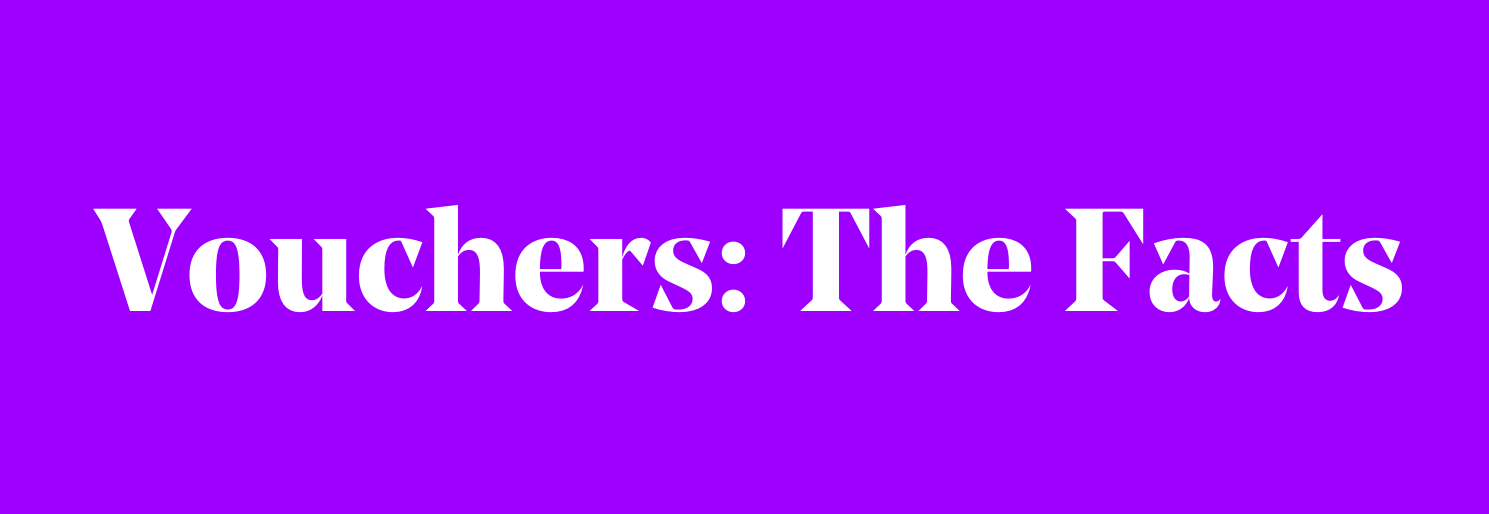
Twice in the past 30 years, California voters have overwhelmingly rejected school voucher initiatives. Despite this, California voters may once again be asked to vote on school vouchers in 2022. Although CTA does not take a position on initiatives until they have qualified for the ballot, misinformation about vouchers has already begun surfacing. Here are some facts, based on research:
- Vouchers reduce funding for neighborhood schools, meaning fewer textbooks, teachers and more overcrowded classrooms. They also do not live up to their hype. In California, the vouchers currently proposed for $14,000 would not cover the full cost of attending a private school, with one analysis showing the average cost of private school tuition currently at $15,333, and $20,876 for high schools. Costs for technology, books and other expenses can raise the bill for private school up to 30 percent higher.
- Voucher programs are associated with reduced educational outcomes. Studies of voucher programs in Indiana, Louisiana, Ohio and Washington, D.C., have found that vouchers reduce student test scores, especially in math. A 2018 analysis by the Center for American Progress concluded that the impact of families using public tax dollars to attend private schools is equivalent to missing out on more than 68 days of classroom learning.
- Voucher programs do not work for students in rural areas. Most rural and suburban areas do not include enough participating schools for vouchers to be a viable alternative.
- Voucher programs have their roots in discrimination and continue to foster it. The first private school voucher programs arose in the Jim Crow-era South in the 1950s to perpetuate school segregation. Private schools that participate in voucher programs often don’t reflect the demographics of their surrounding communities. Unlike public schools, private and religious schools can and do discriminate when deciding whom to admit to their schools.